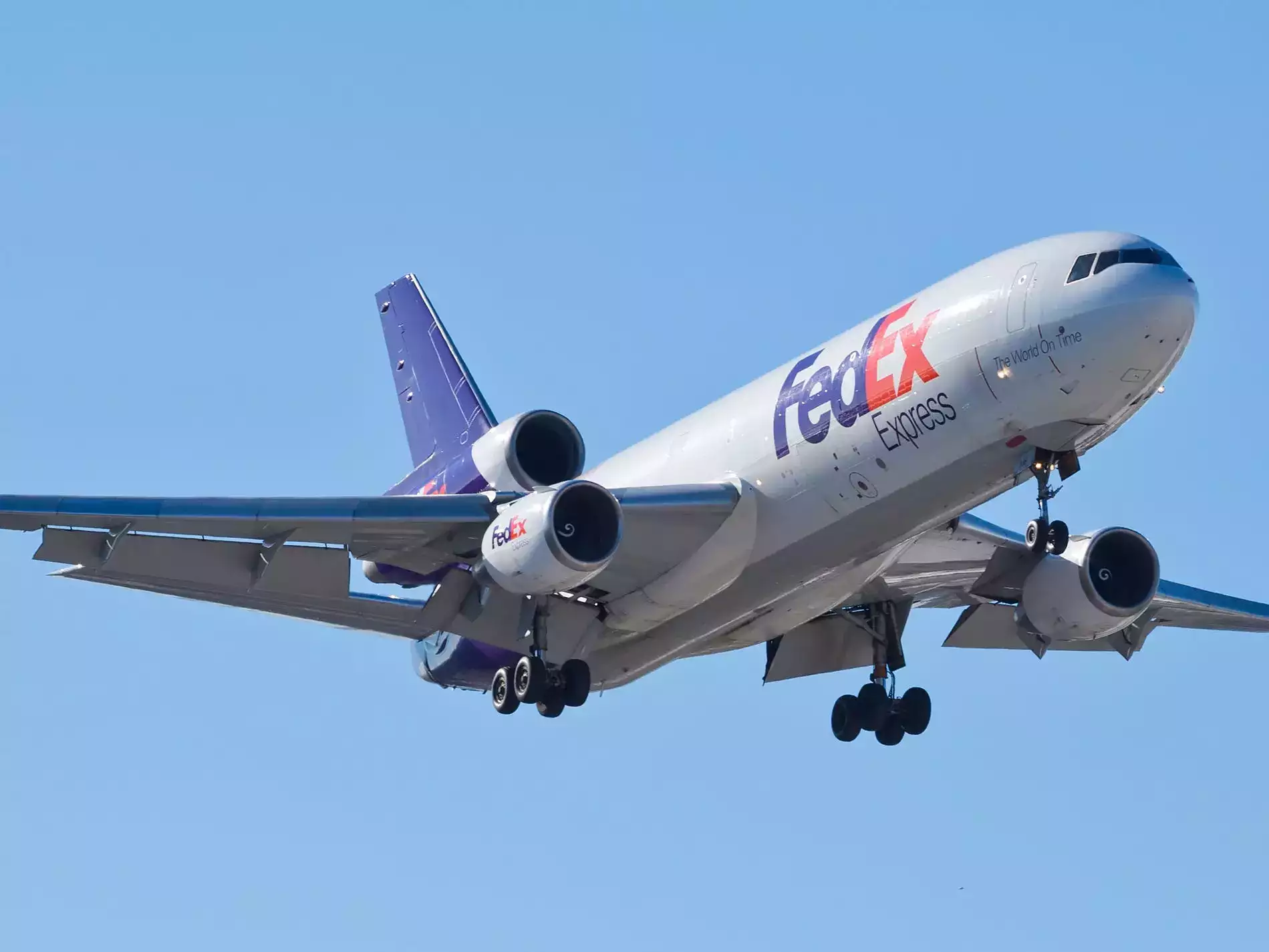In a study of 10 million business PCs, Windows 11 today only enjoys a market share of 0.21 percent. Windows XP continues to score alarmingly well at 3.62 percent, Windows 7 achieves a surprisingly low score of 5.98 percent.
IT asset management tool Lansweeper has conducted a survey of more than 10 million PCs within a business context. It shows that companies today have little ambition to try Windows 11. It barely achieves 0.21 percent market share, slightly more than Windows Vista (0.18%).
It goes without saying that we have to take into account the recent availability of the new OS and the strict system requirements, but we expected more. As of yesterday, Microsoft has been accelerating the rollout of Windows 11 to more PCs, which will undoubtedly boost its market share.
Windows 10 is by far the most dominant operating system with 81.48 percent market share. It is striking that Windows 7 only has a limited share of 5.98 percent, while Windows 8 is still used by 4.86 percent. Both operating systems are end-of-life (EOL), but Microsoft offers additional support for both for an additional fee.
Limited Compatibility Windows 11
Lansweeper also checked 30 million PCs across more than 60,000 organizations outside of his research to see which ones are compliant with Windows 11’s stringent system requirements. That research shows that only 44.4 percent can upgrade because they have a compatible CPU. In terms of RAM, 91.05 percent of PCs are right.
In terms of TPM security, 52.55 percent of PCs are compatible. 19.26 percent have no TPM on board, while 28.18 percent have TPM but not the correct version or the safety is not enabled. When we look at the workstations, 54.53 percent of the devices have a compatible TPM module on board.
Windows Server
Lansweeper mainly focuses on employee PCs in his research, but a total of 350,000 Windows Server systems were also analyzed. This shows that Windows Server 2012 is the most popular with 30.86% percent market share. That’s worrying, because that OS has been EOL since October 9, 2018, and will lose extended support (with an additional charge) at the end of 2023.
Windows Server 2016 is in second place with 27.71 percent market share and still enjoys support for a short while today. From January 11, 2022, it will be EOL and companies will have to pay for extended support (optionally available until January 2027). Windows Server 2008 (18.51%) and Windows Server 2003 (4.29%) are no longer supported by Microsoft today, but are still popular. Windows Server 2019 (20.57%) and Windows Server 2022 (0.003%) are optimally supported today.



